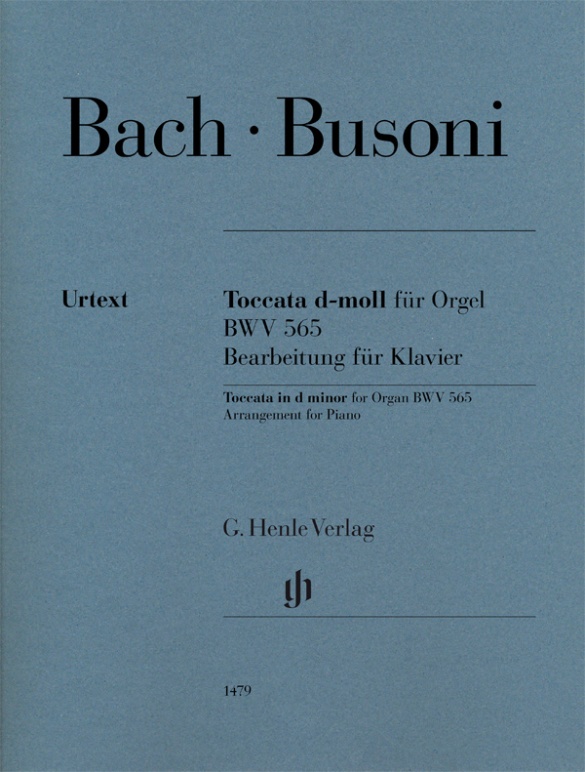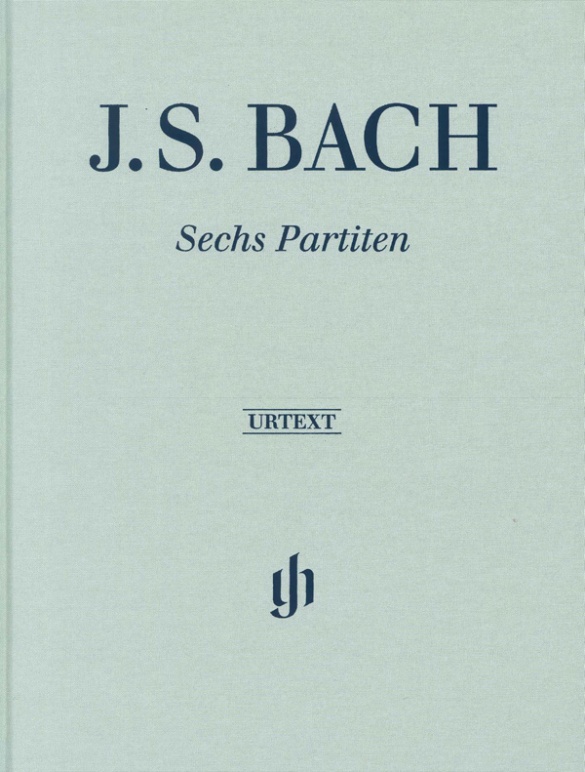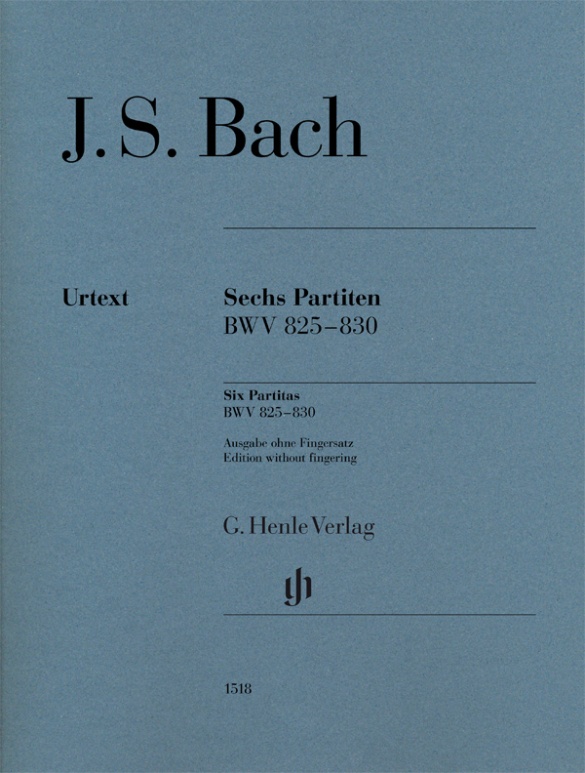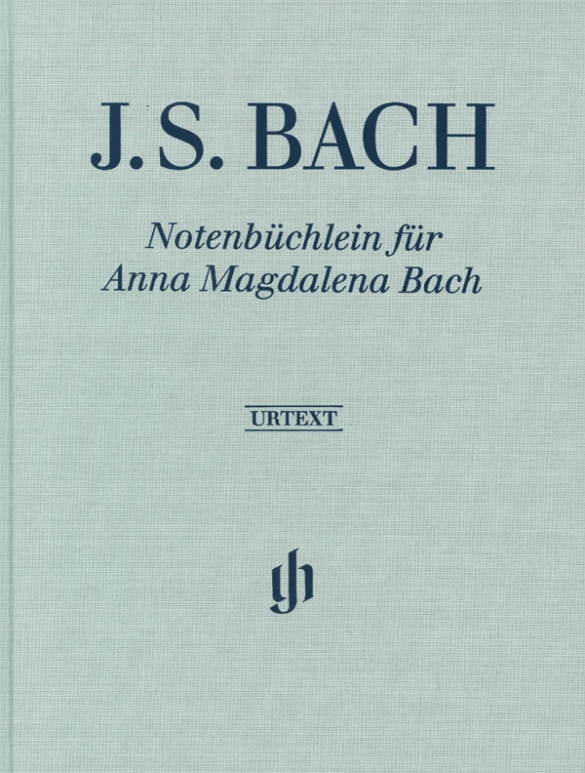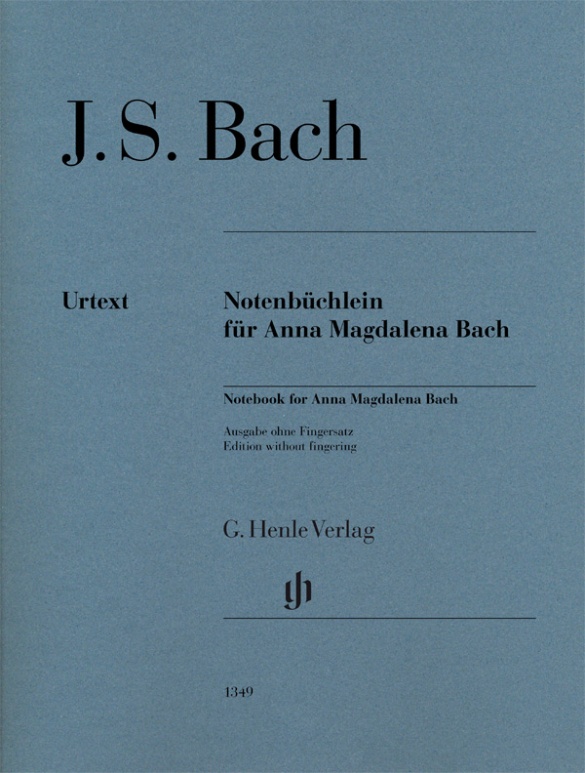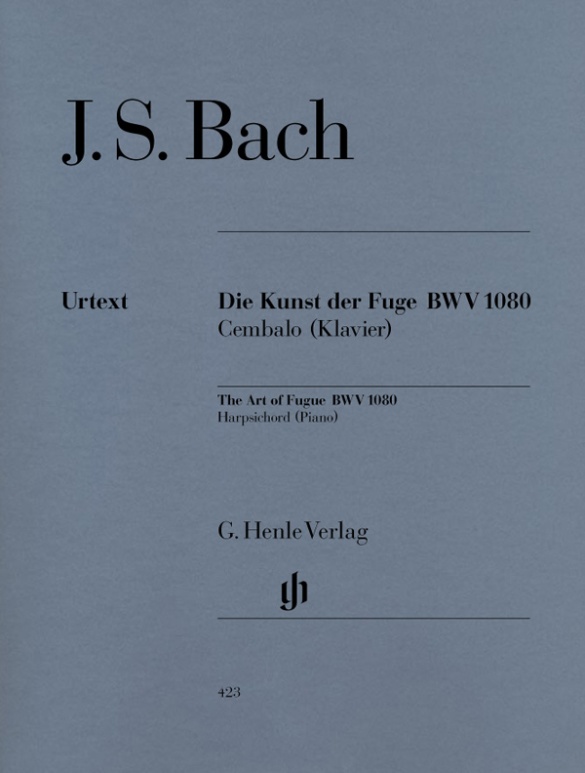

Johann Sebastian Bach
The Art of Fugue BWV 1080
Bach’s death meant that the Art of Fugue was left unfinished. In his father’s manuscript Carl Philipp Emanuel noted exactly where the last fugue of the Art of Fugue broke off: “While working on this fugue, in which the name BACH appears in the countersubject, the author died.” Our editor Davitt Moroney brings the fugue to a close with 30 supplementary measures.
There has been frequent speculation about what type of scoring would be most appropriate for the piece, particularly since Bach wrote the individual parts in score form and left no information about instrumentation. Certainly, strict fugues can be found in any ensemble scoring; this had been normal for centuries. It is remarkable, though, how the cycle can easily be played on the harpsichord or piano – a strong argument for keyboard performance.
Content/Details
About the Composer
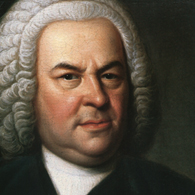
Johann Sebastian Bach
For many musicians he is “the Alpha and Omega of all music” (Max Reger). Except for operas, Bach composed masterpieces for every ensemble and genre of his age. His catalogue of works contains almost 1,100 entries, including the great Passions of St. Matthew and St. Johan, the Goldberg Variations, the Brandenburg Concerti, or hundreds of singular cantatas. As organist in Mühlhausen and Weimar he creates primarily organ compositions, concerti, and works of chamber music. Later, as music director in Köthen and for the decades he serves as cantor in Leipzig, he composes chiefly sacred vocal compositions and keyboard works. His later, contrapuntally complex compositions exert an enormous influence on the compositional styles and practices of later generations.
Product Safety Informations (GPSR)
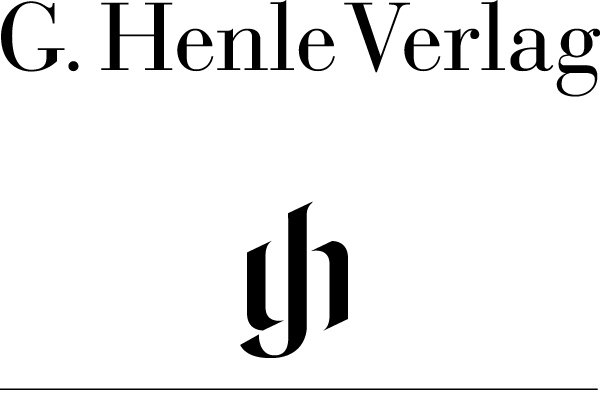
G. Henle Verlag
Here you can find the information about the manufacturer of the product.G. Henle Verlag e.K.
Forstenrieder Allee 122
81476 München
Germany
info@henle.de
www.henle.com
recommendations
autogenerated_cross_selling
Further editions of this title
Further editions of this title


